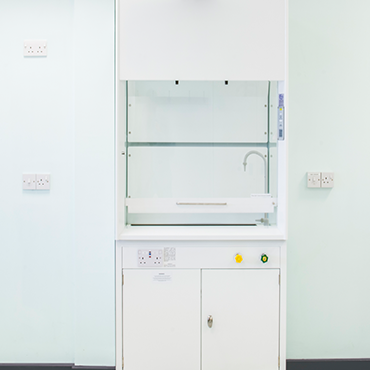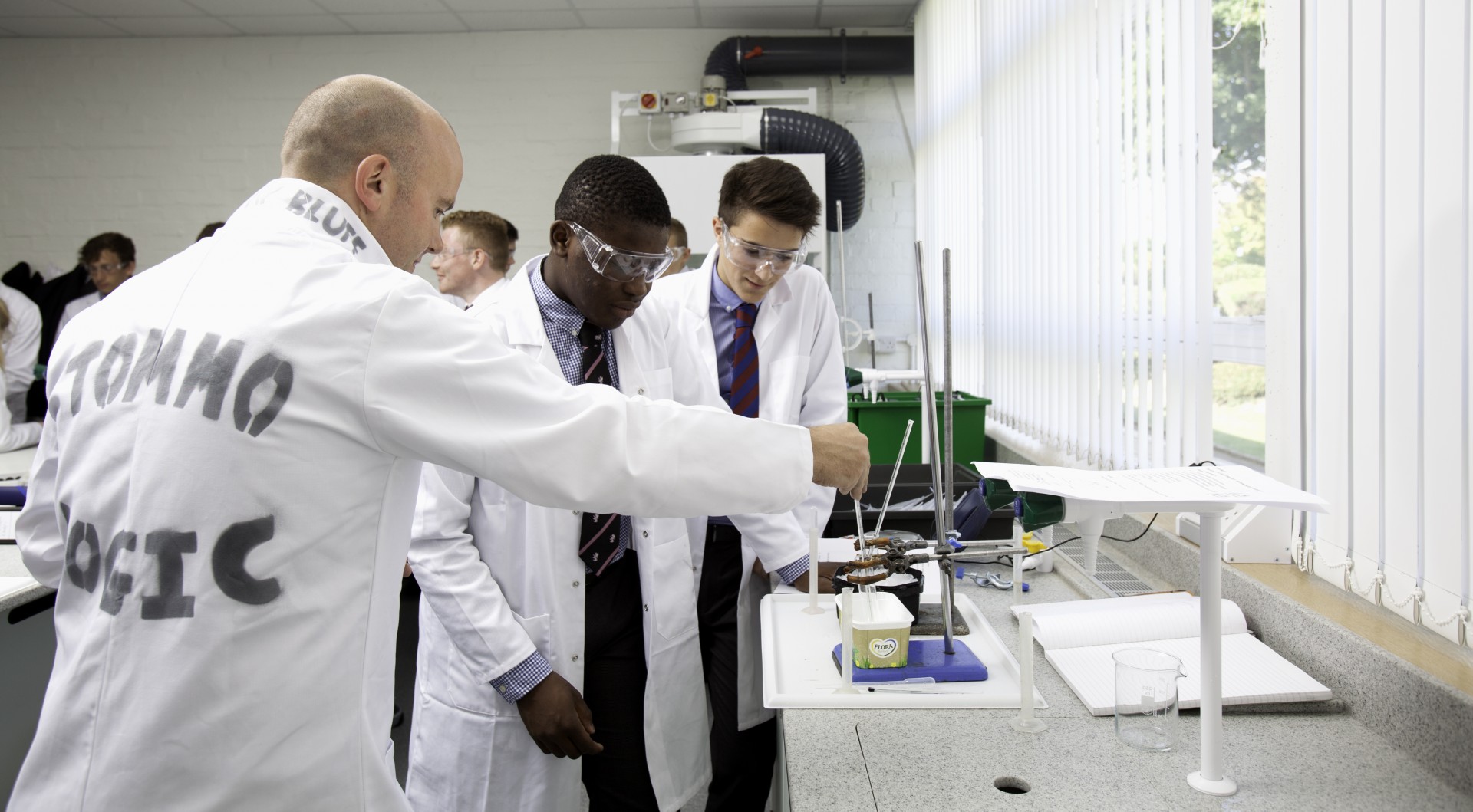A Guide to the Safe use and Maintenance of a Fume Cupboard
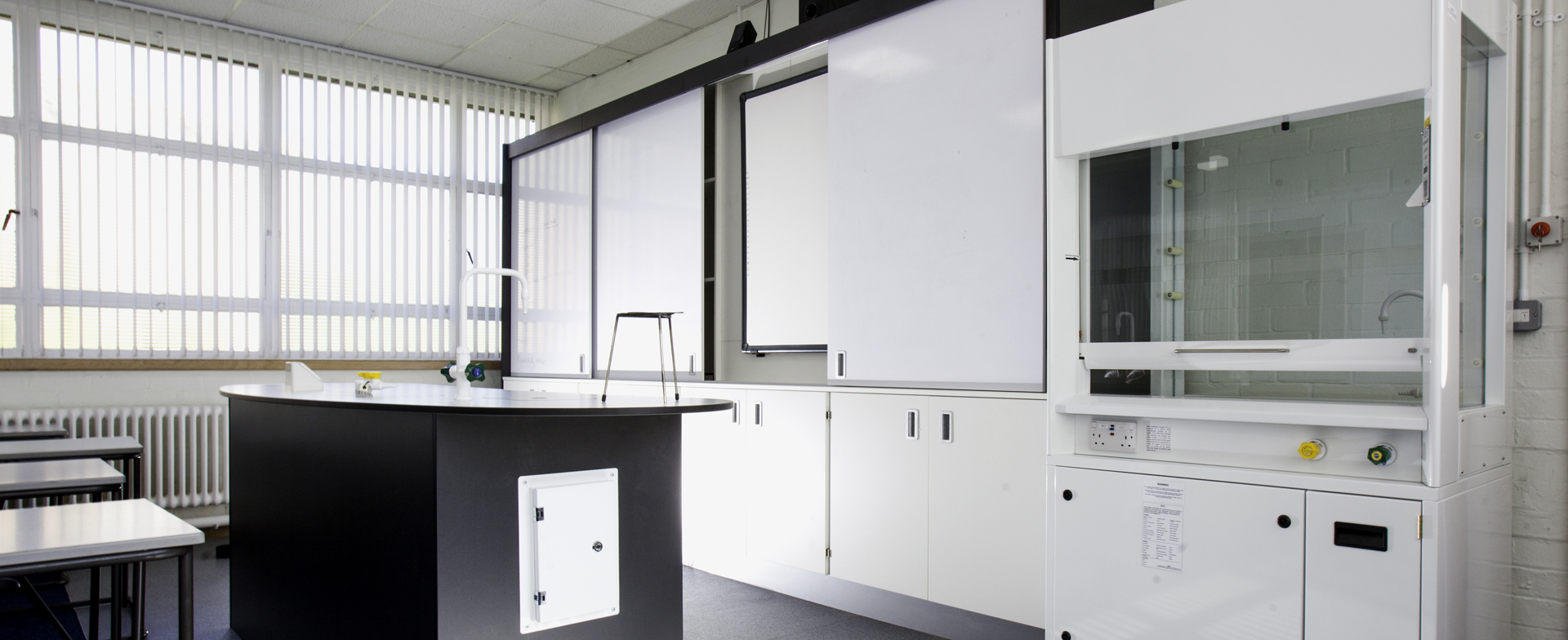
Ensuring adequate numbers
One of the key aspects of ensuring that fume cupboards are used safely is to provide an adequate number of cupboards for teachers and students. Fume cupboards are expensive and it can be tempting to keep their availability to a minimum for this reason. However, this may increase the degree of experimental work with hazardous gases that is carried out in the open laboratory, creating a health and safety risk. Fume cupboards are used occasionally at Key Stage 3, often for demonstration purposes, and more frequently at Key Stage 4 where on average, around half of a school’s laboratories should have one. For post-16 chemistry, access is essential; and for post-16 biology, occasional access will also be needed.
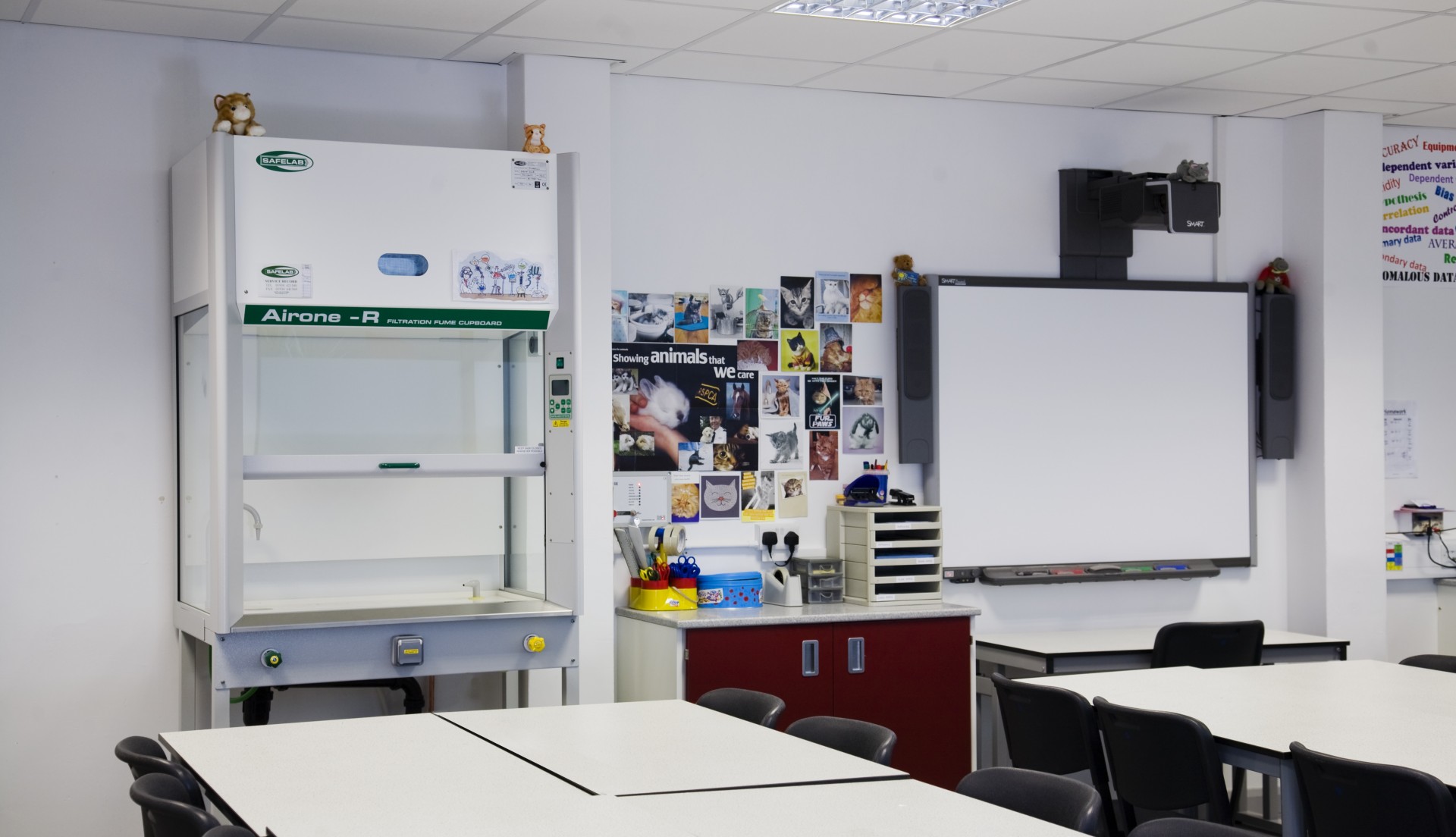
Selecting an appropriate design
It is important to select fume cupboards for the school’s laboratories that have been designed to recognised standards. The cupboard should be deep enough to contain all the materials and equipment comfortably. The opening should be as small as possible whilst allowing the teacher or student to work safely and airflow at the opening should be a minimum of 1m/s for dust and 0.5m/s for vapour.
Ducts should be kept short and simple and the extracted air should be discharged safely in a place that is away from windows, doors and air inlets. Note that with exposure to dust, it is okay to re-circulate filtered clean air into the room; but where the exposure is to vapours, re-circulation is not a good idea.
You should ensure that adequate and appropriate lighting has been provided that is suitable for the tasks to be performed in the cupboard. This may mean for example that the lighting needs to be flameproof or dust tight. It is also advisable to provide a simple way for users to check that the equipment is working – for example, a pressure gauge, manometer or tell-tale.
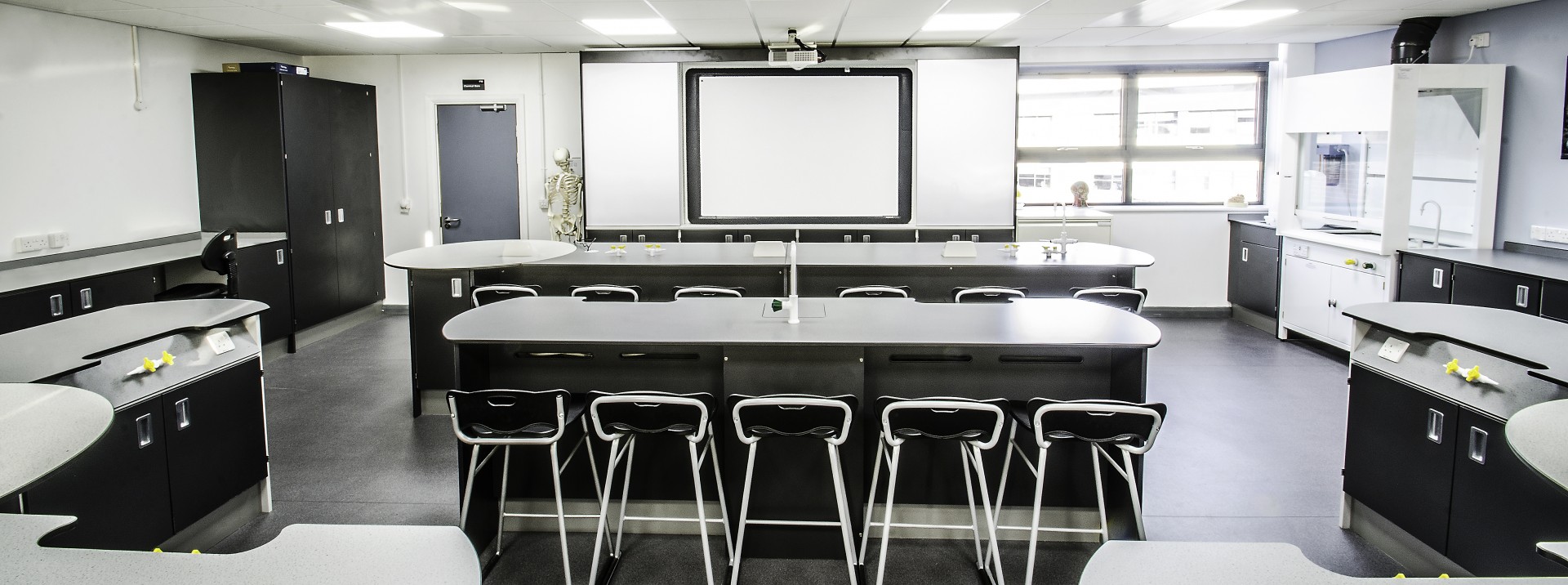
Selecting a location
Fume cupboards should be positioned within the laboratory away from windows, doors and walkways. This is to minimise the degree to which draughts interfere with the cupboard’s ventilation and the spread of vapour or dust. It is also important to ensure that there is an adequate air supply to the room which can replace the air that the fume cupboard extracts.
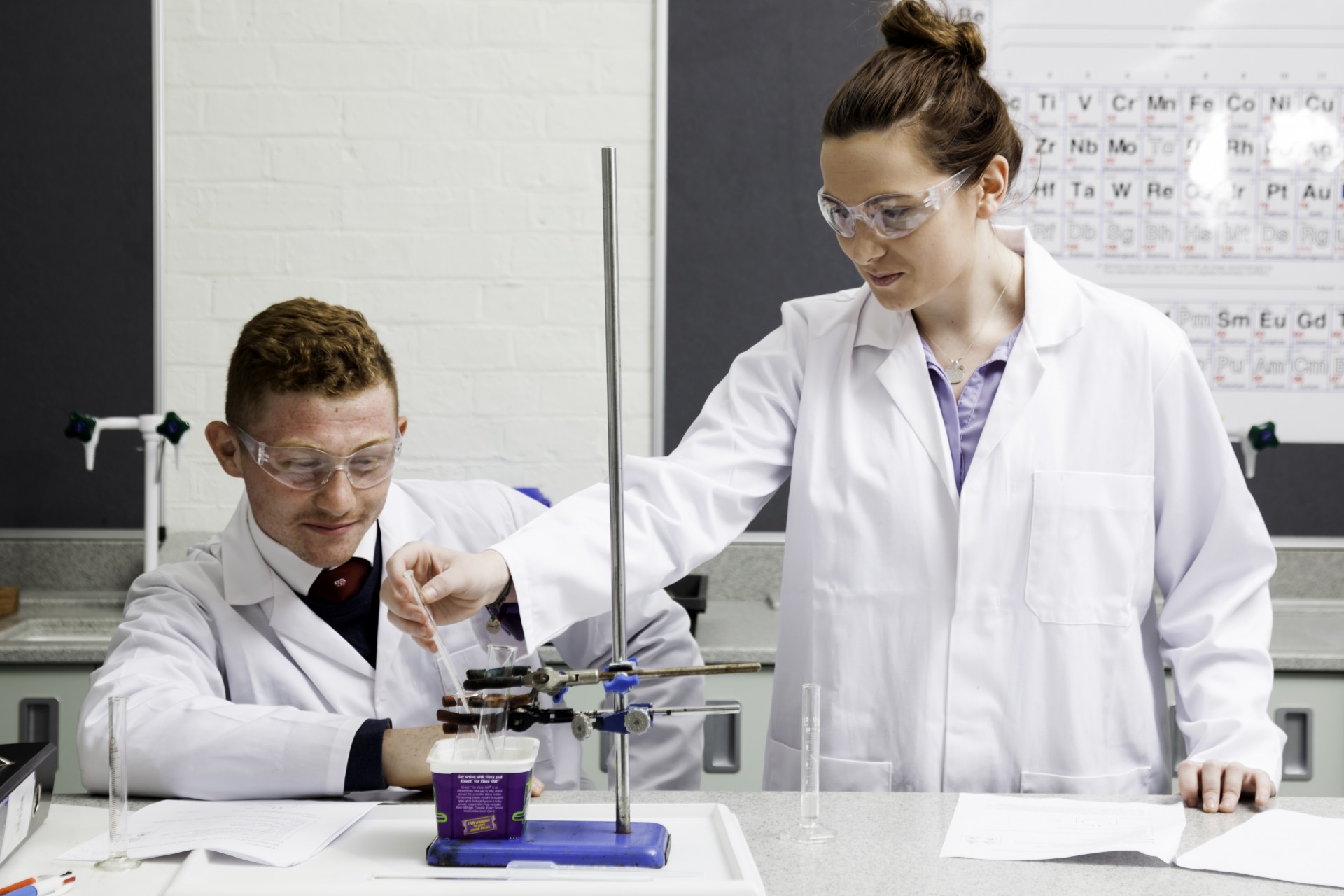
Knowing when to use
It is essential that teachers and students know when it is appropriate to use a fume cupboard. Any practical work that is carried out with substances that generate or produce harmful or toxic vapours, gases, dust, fumes or chemical aerosols must be carried out in the fume cupboard in order to reduce the risk of exposure to a safe and acceptable level, or eliminate it altogether.
Knowing how to use
To minimise the risk of accidents, it is important that both teachers and students are fully trained on the correct use of the fume cupboards that are available to them. This includes selecting the correct cupboard for the task in hand, understanding the function of the cupboard’s gauges and alarms, maintaining the correct sash height, avoiding air flow disturbance and knowing what to do in the event of an emergency.
Carrying out regular checks
The Control of Substances Hazardous to Health Regulations (COSHH) require that require that fume cupboards are examined and tested at least every 14 months to ensure that they are in good working order and repair. In practice, many schools carry out this check annually. Records of these inspections need to be maintained for a minimum of five years.
Although there is no formal requirement to carry out performance checks in between the statutory checks, it is advisable that additional checks are made – particularly in the case of older models which do not have automatic detection of low flow or other problems. Such checks should be carried out regularly and records kept; and if performance is suspect, face velocity measurements should be taken using an anemometer. If a suspect cupboard is discovered, this should be clearly marked so that it is not accidentally used before it has been fixed.
Whether you are looking to install a fume cupboard in your school’s science laboratory or you need help with the design and installation of any other science lab furniture, our expert team has a wealth of experience in creating unique, impressive laboratories and will deliver a safe and practical solution to inspire your students.

